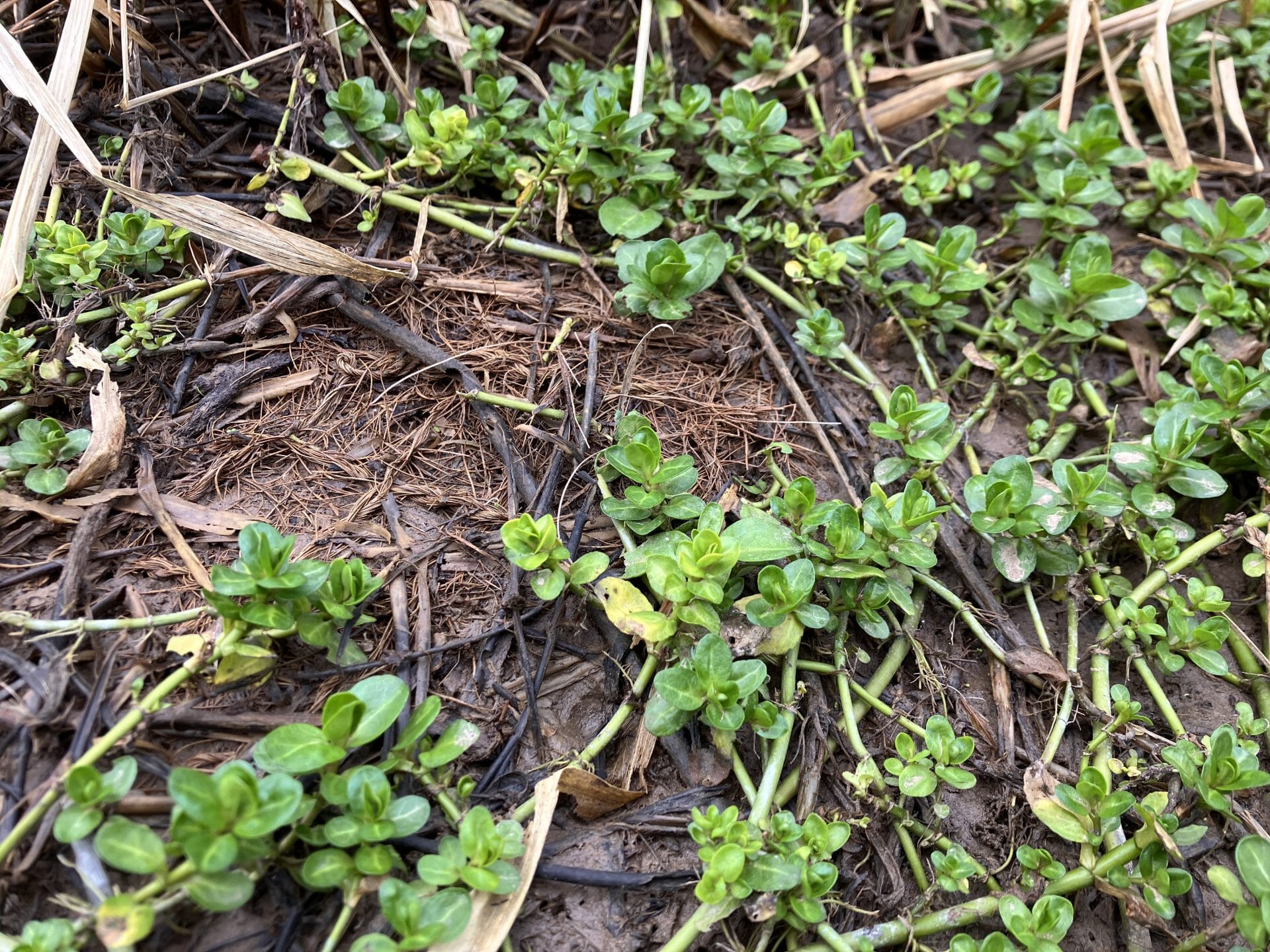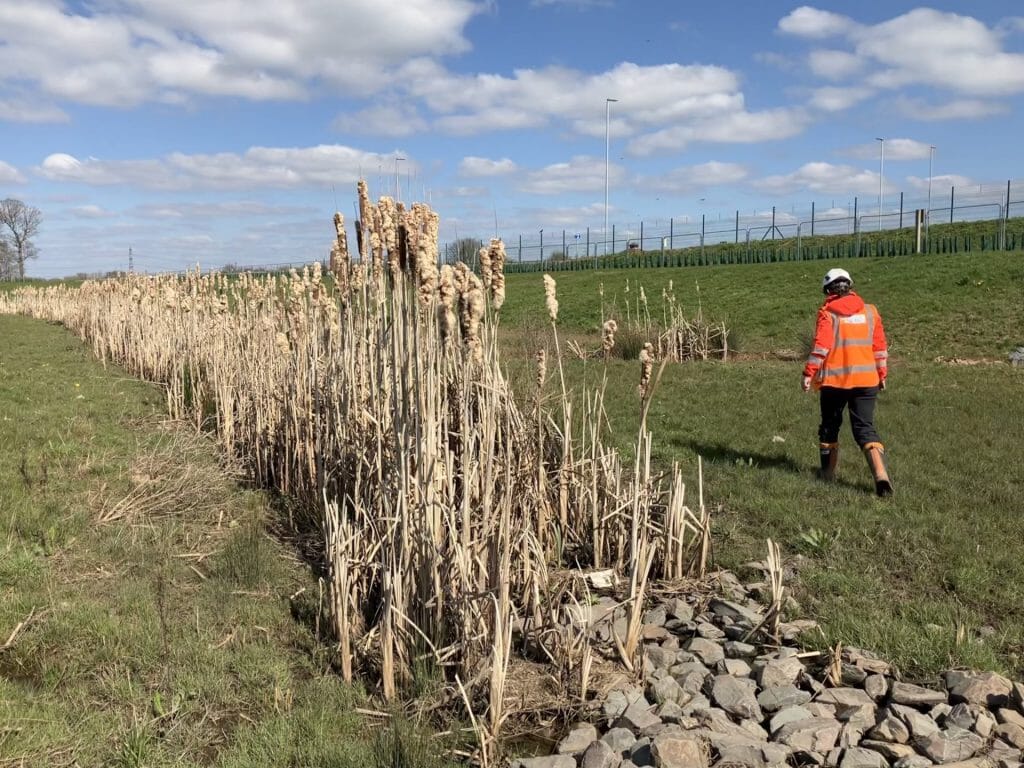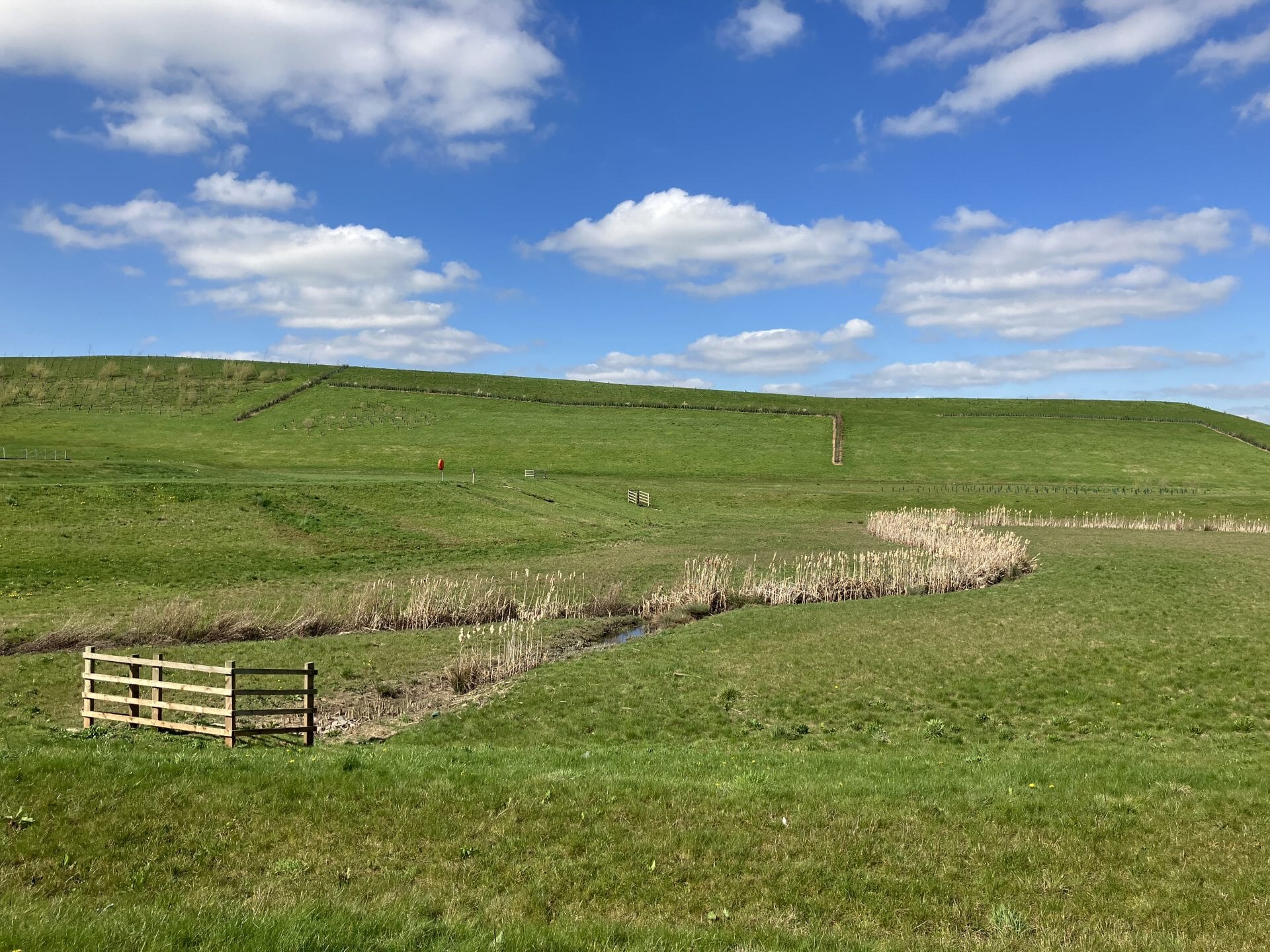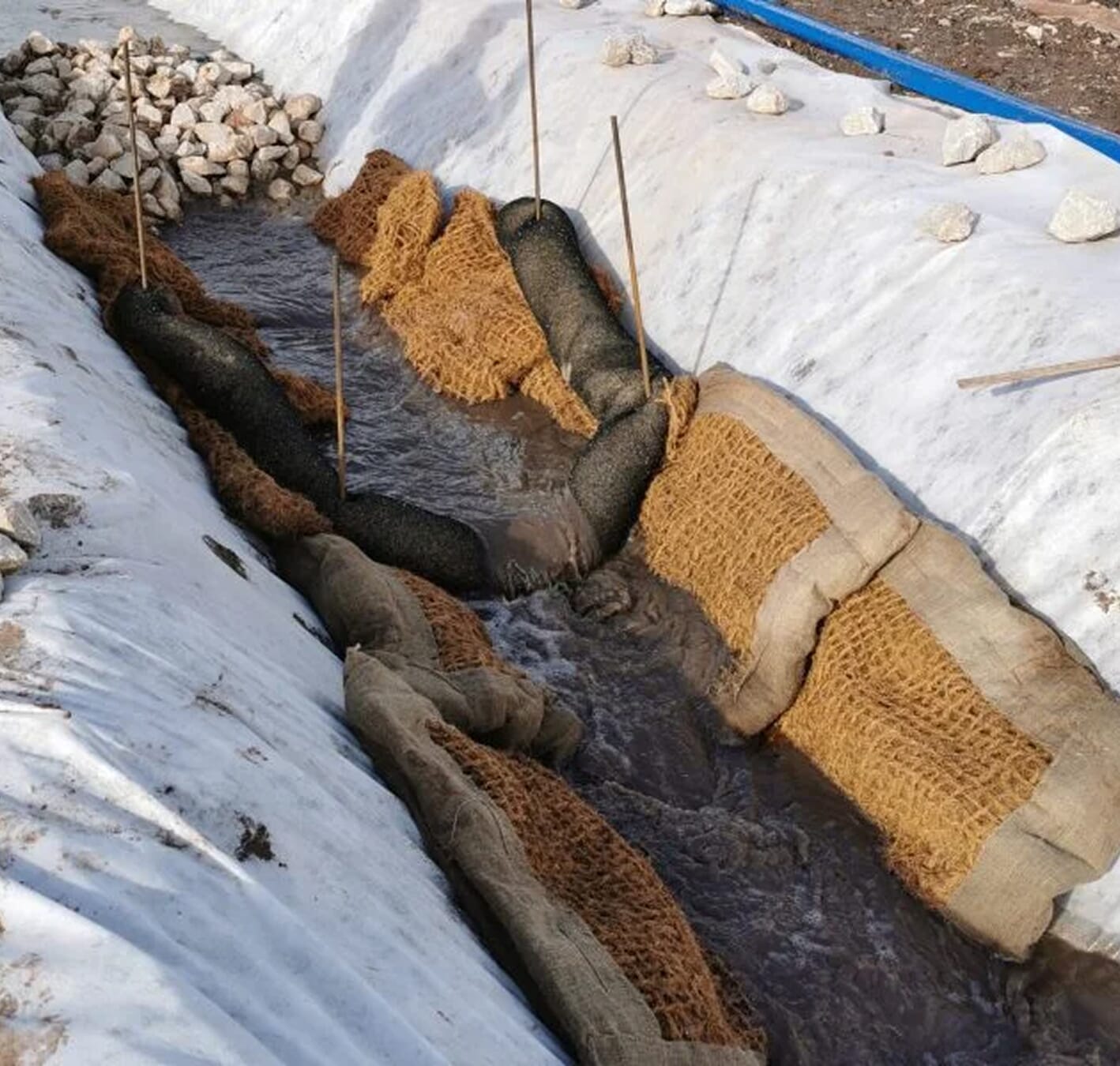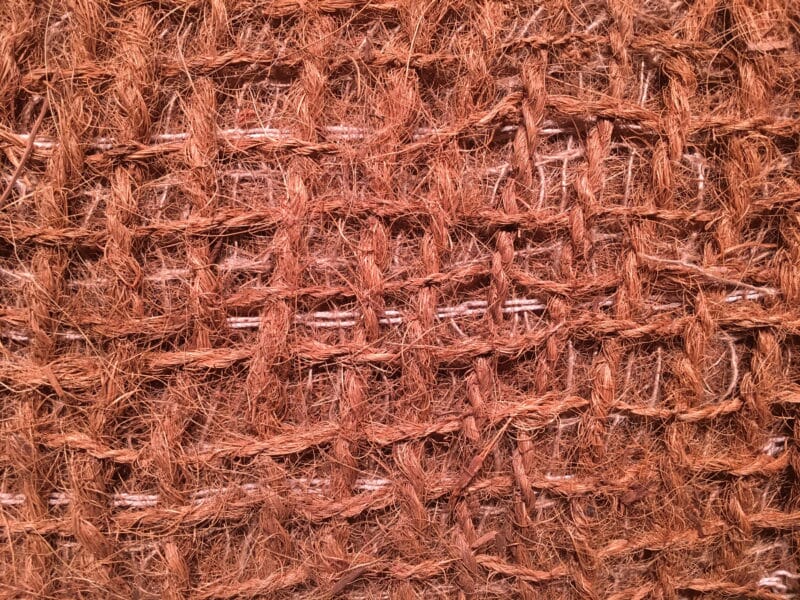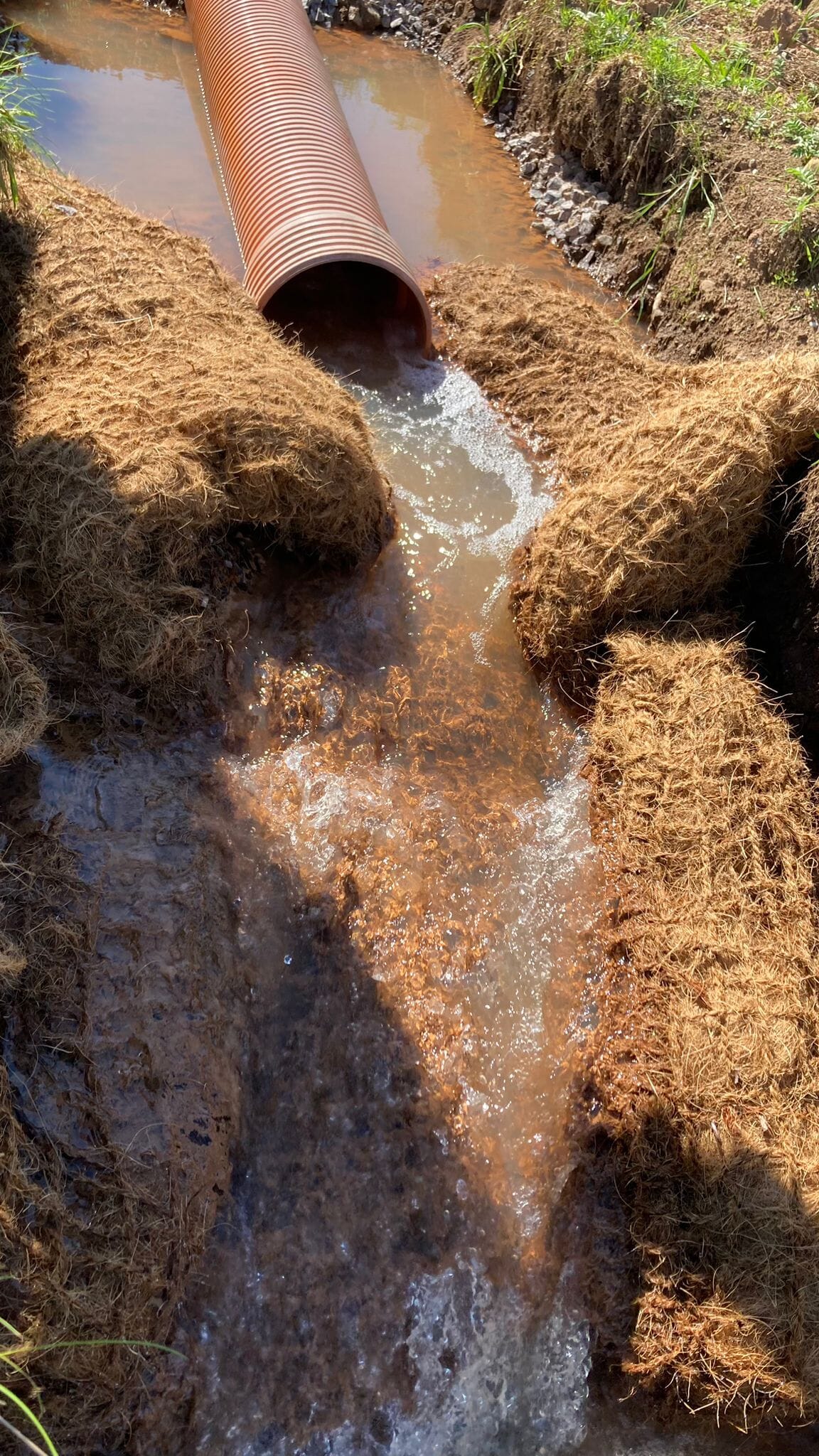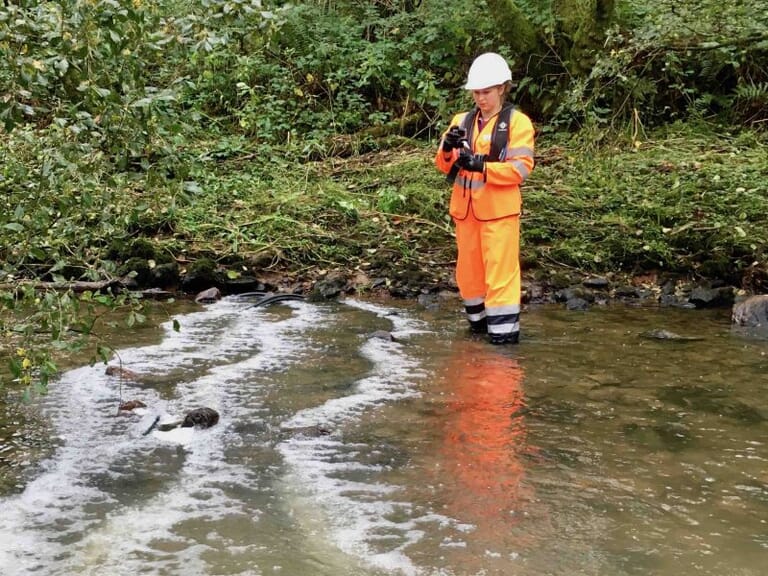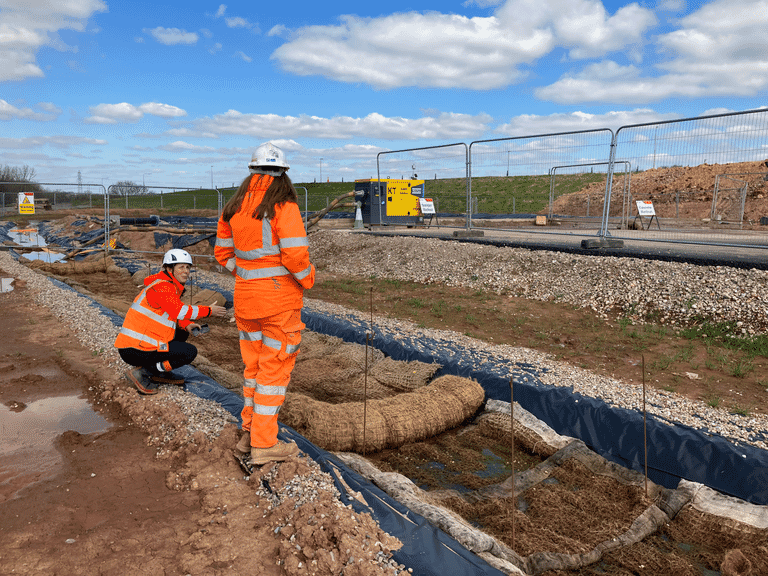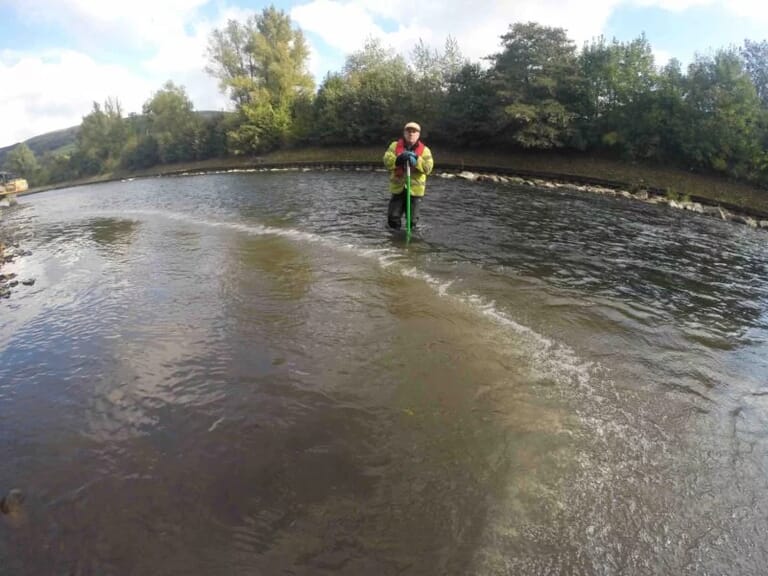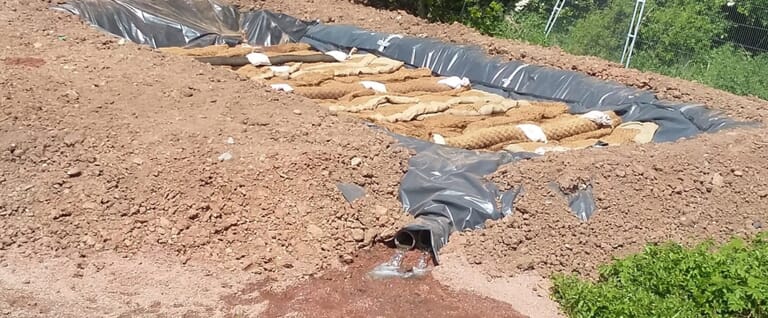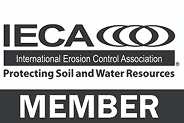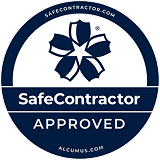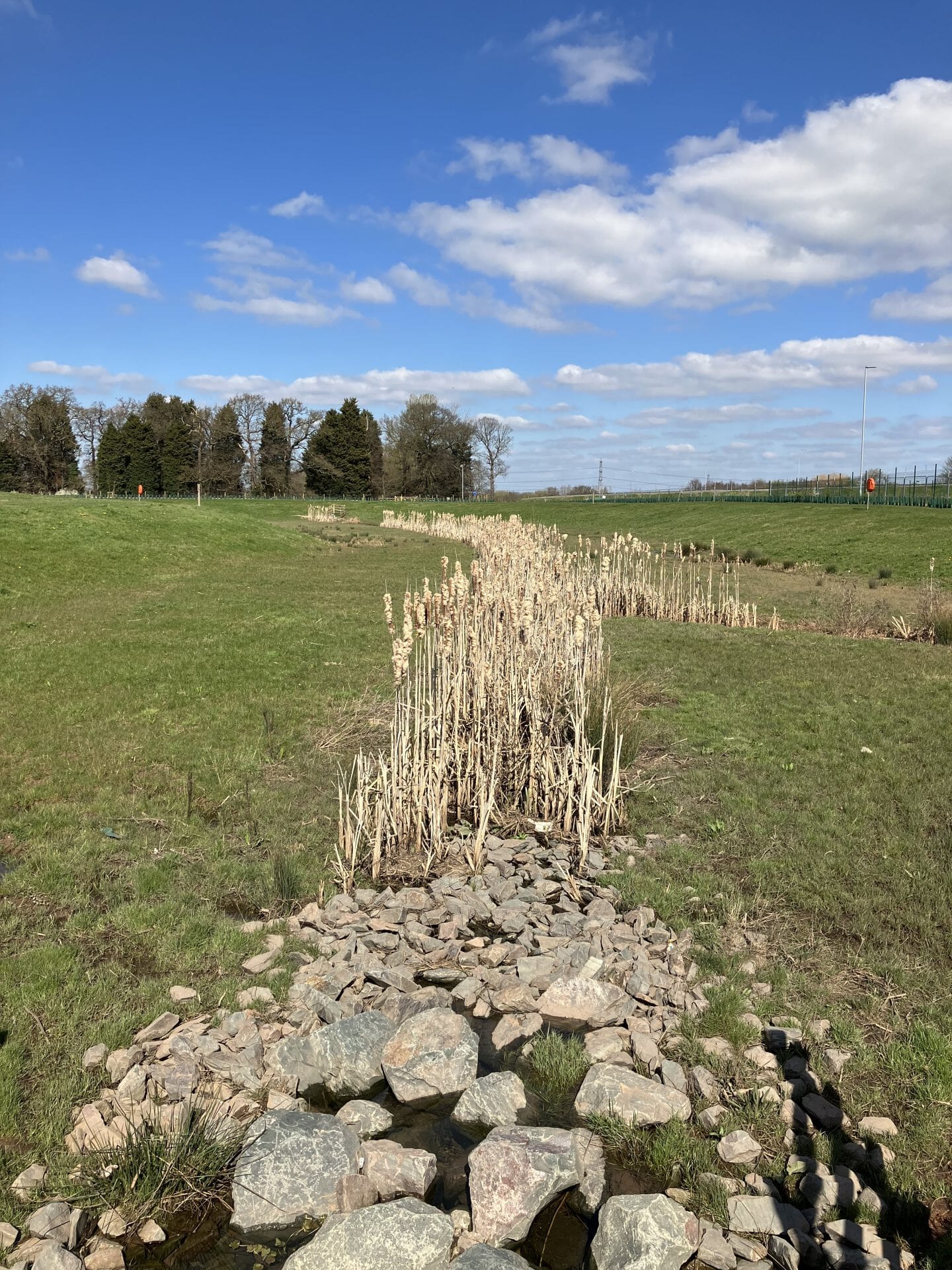
Reduce waste costs and improve biodiversity with used silt capture and water treatment mats

Our Silt Mats™ and Floc Mats® serve a dual purpose: they effectively trap silt and prevent pollution, and they are also 100% biodegradable and can be turned into seed mats at end of life for biodiversity improvement on construction sites.
Rather than being discarded as waste once they’ve done the job, these mats can be repurposed in a beneficial way.
We have designed these mats with sustainability in mind to close the loop on waste.
In this article we explore how they can be transformed into seed mats to bring biodiversity gain and reduce associated costs of disposal offsite.
Erosion prevention
Instead of treating Silt Mats and Floc Mats as cumbersome waste products, consider using them to protect your soil.
These mats can be seeded or left to naturally vegetate. Either way, they contribute to soil protection and stability.
Construction sites often face challenges related to soil erosion. When soil is left exposed for extended periods, erosion becomes a concern.
By strategically placing or pinning silt-laden mats on bare soil, you can effectively prevent erosion. These mats act as protective barriers, stabilising the soil and reducing the risk of silt pollution in local water courses.
Proper planning and understanding of the site’s dynamics play a crucial role in minimising erosion issues.
Enhancing planting success
By retaining the mats you keep the nutrient-rich soil on site.
When placed around hedgerows or tree planting areas, these biodegradable mats offer several benefits:
-
-
Moisture retention
-
They help keep moisture in the soil, promoting healthy plant growth.
-
-
Weed suppression
-
The mats suppress weed growth, allowing newly planted trees and hedgerows to thrive without competition. Again, this keeps those valuable and rich soils on site, whilst providing protection for the elements which will provide amenity and ecological benefits.
-
-
Improved planting success
-
With Silt Mats and Floc Mats in place, planting schemes show higher success rates providing the site with soil protection, overall amenity and ecological benefits.
In this photo, these reeds naturally self seeded in the Silt Mat and Floc Mats and act now act as a natural polishing channel.
Enhancing biodiversity
As the mats biodegrade to form part of a natural landscape, they create new habitats for insects and mammals, and depending on what the mats are seeded with, they will attract bees and other pollinators.
Transforming Silt Mats and Floc Mats into Seed Mats not only addresses waste management but also supports soil health, erosion control, successful planting endeavours, and creates biodiversity.
In this photo you can see where Silt Mats were left to naturally vegetate and 5 years on have created a wildlife haven.
Frequently Asked Questions
If you are thinking of repurposing used mats in this way, our technical team have put together some top tips to help answer some FAQs about seeding mats.
Do I need to comply with waste regulations?
You must always comply with waste regulations.
Even repurposed for use on site, the silt and the associated mat is still classed as a waste material. However, consider using a U1 waste exemption that allows the use of suitable waste in construction as a recovery activity. Ensure your site is compliant with the conditions under the exemption and keep documentation.
The use of flocculants will not alter the waste classification of the soil or introduce any hazardous substances. Therefore, the European Waste Classification Code 17 05 04 for soil and stones (from construction and demolition sites) not containing hazardous substances* is likely to be the most appropriate description of the waste.
*It will not be possible to reuse soil where the source is contaminated or if it contains hazardous substances.
Moving the mats
The repurposed mats can be heavy as they contain up to 40-50 kg of wet silt per mat.
It is suggested that they are folded lengthways into thirds and rolled to allow lifting strops to be placed underneath for mechanical lift.
Where do I place the used mats?
They can be used for erosion control; lining embankments, the sides of ditches or used on riverbanks to prevent soil from being washed away.
Repurposed mats can be used as a planting medium, planting into them or placing them around trees and along newly planted hedge lines.
Used mats can hold anywhere up to 40kg of silt each creating a good foundation for plants to grow, providing nutrients and moisture needed in the early stages of establishment.
Do I need to do anything to prepare the mat first?
You do not need to prepare the mat, other than to lay it out, and potentially pin it using wooden pegs if there is a slope. It can be planted into, seeded or simply left to vegetate naturally and eventually biodegrade down. It is possible to stack mats on top of each other if you have a lot of used mats to dispose of.
Can I bury used mats?
Repurposed mats may be used as part of a landscaping or ecological feature that incorporates some buried mats where it is not an engineered structure such as a habitat bund. Any feature must be appropriately designed by an engineer. The burial of mats in a hole is unlikely to achieve a positive outcome or comply with waste regulations.
Will they biodegrade down?
Yes, Silt Mat and Floc Mat® are made entirely of biodegradable materials and will over time break down fully, adding nutrients to the soil.
How can Frog Environmental help?
With environmental stewardship at the heart of everything we do, we bring innovation to the market through a range of cutting-edge products backed by our technical team’s knowledge and strive to create new benchmarks for environmental protection, client efficiency, and value.
To find out more about how we support clients, visit our case studies or silt related product page. Follow our news and updates or contact us for technical support.
Contact us